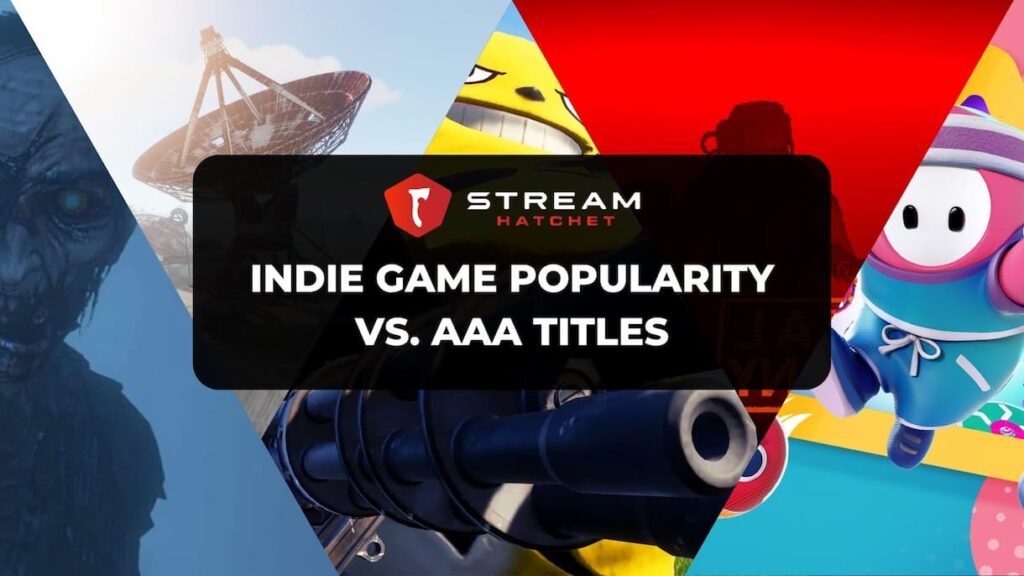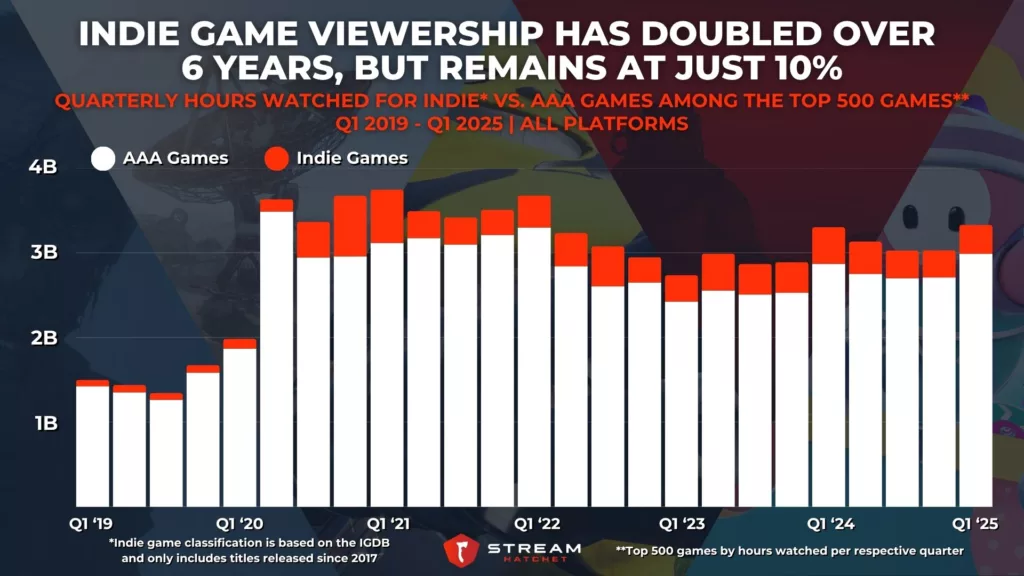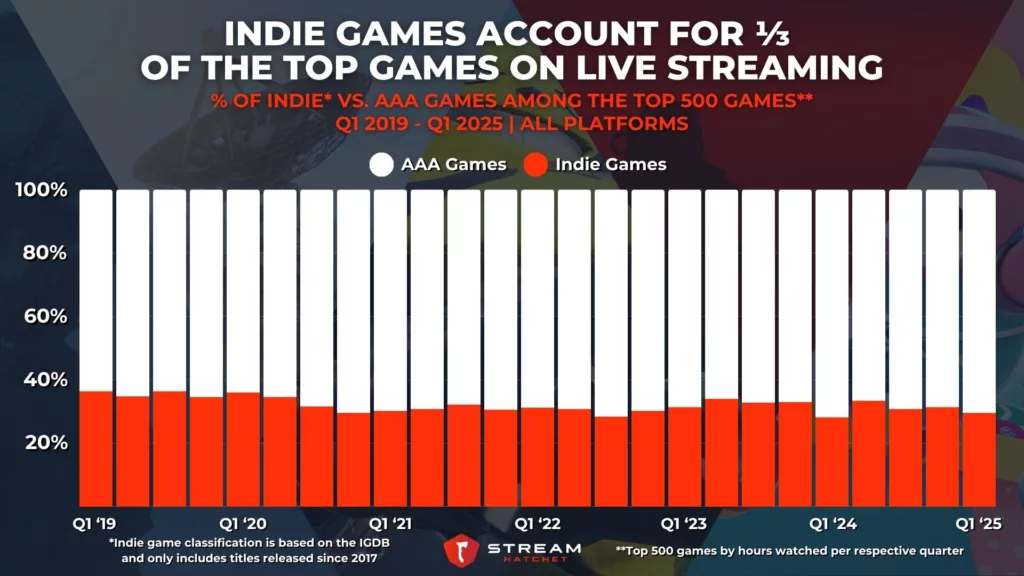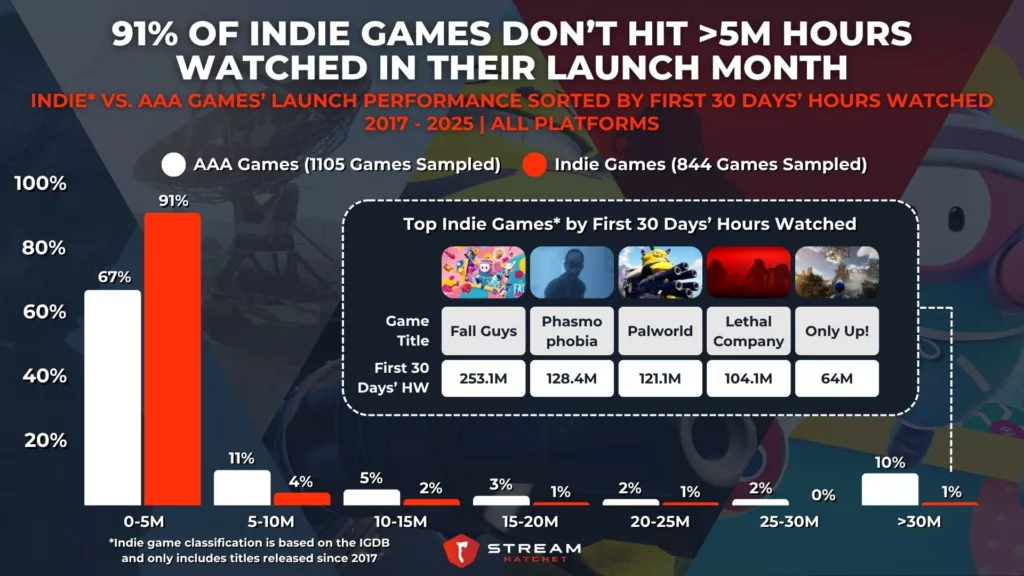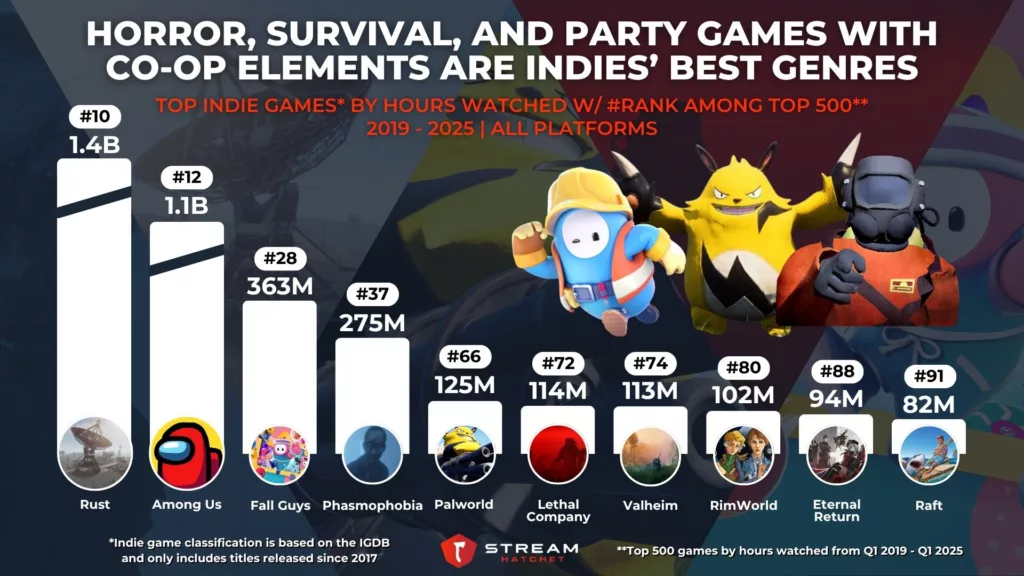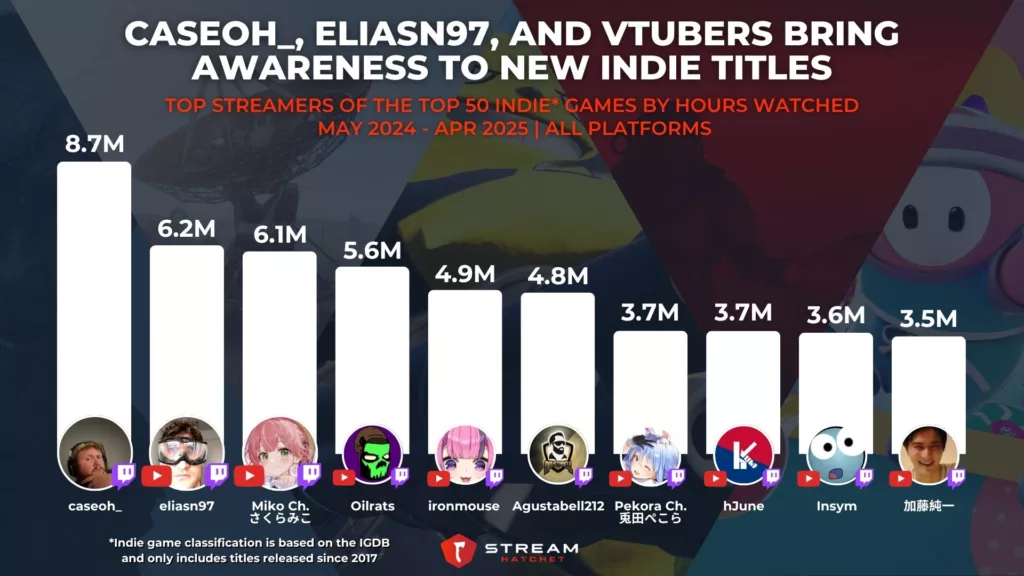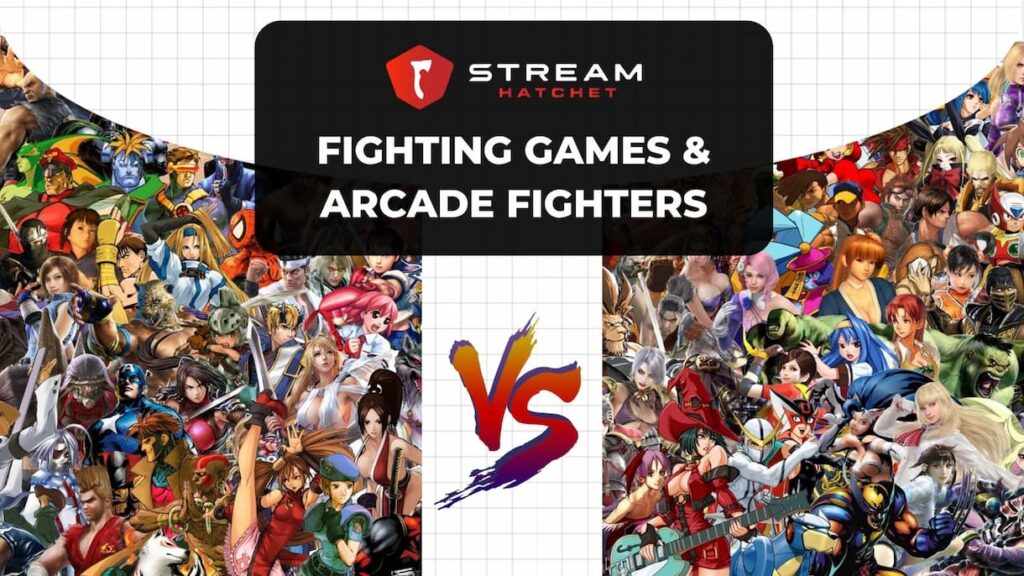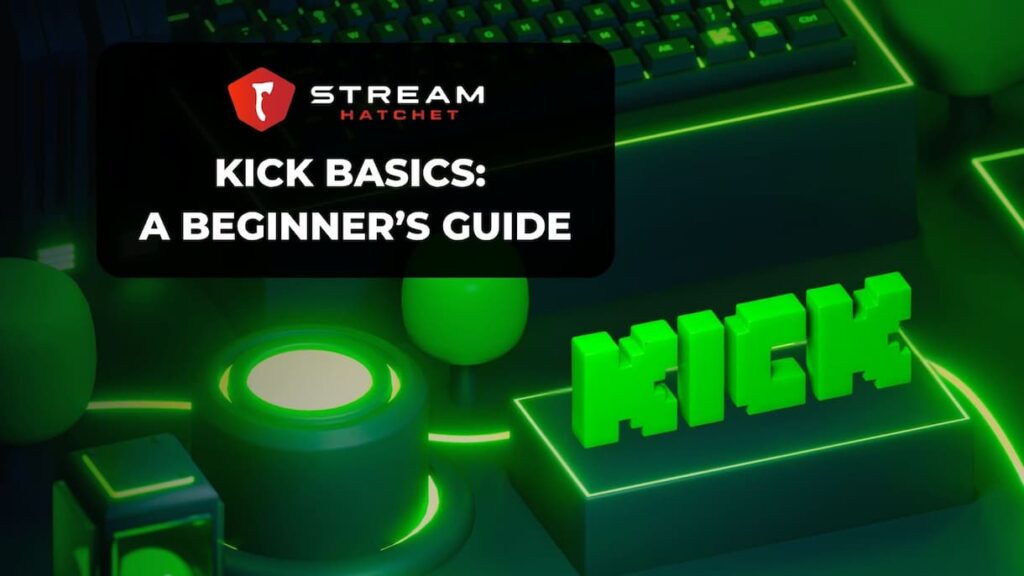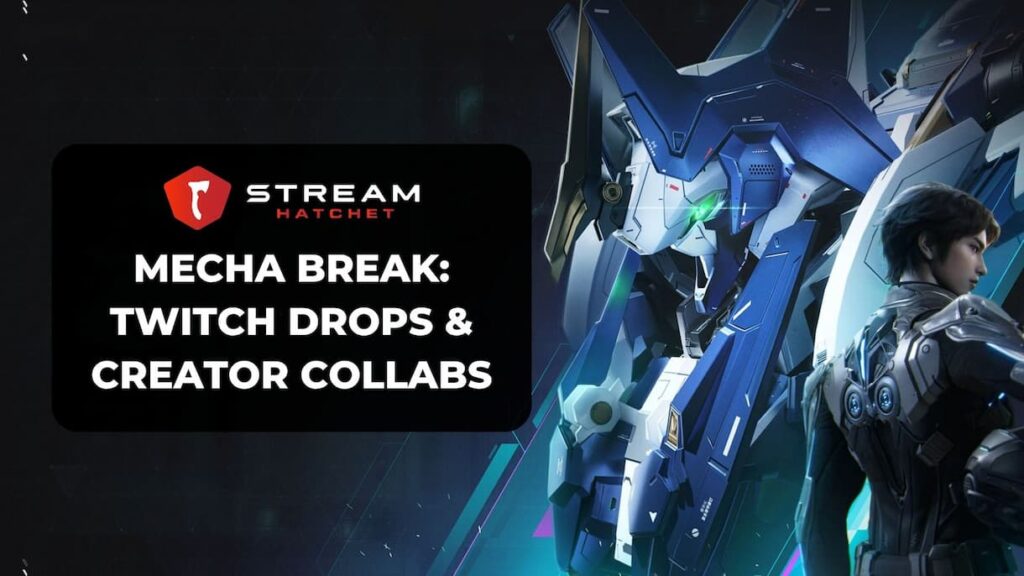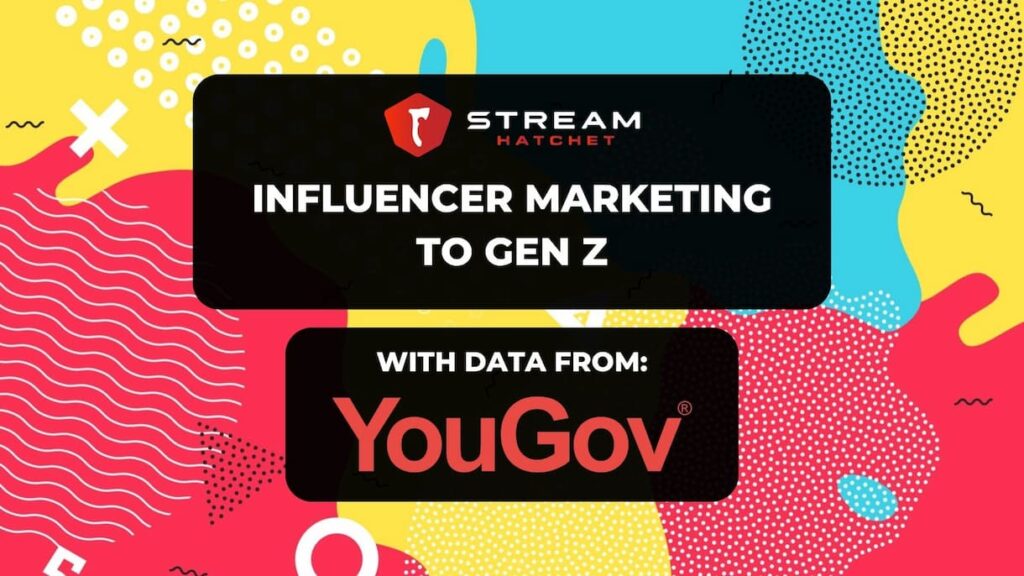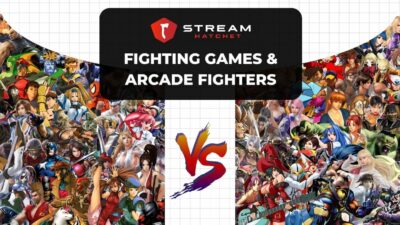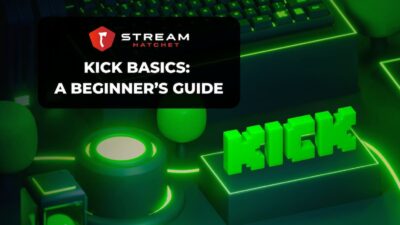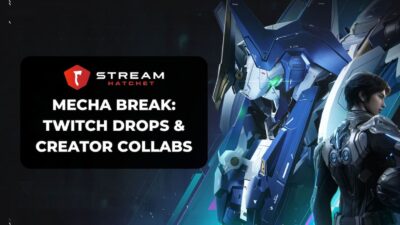Indie games have a lot of buzz right now. There’s a palpable sense that if you can just get your game out in front of people, they’ll gain traction. They’ll see that indie devs have some of the most innovative mechanics and memorable stories on offer across the entire gaming industry. Recent hits like Schedule I, Blue Prince, and Clair Obscur: Expedition 33 prove that even without a well-known publisher, great games can catch fire online.
Live streaming is a brilliant way to spark hype online: Capturing the attention of just a single popular streamer can skyrocket your game to popularity. But how are indie games actually perceived on live streaming? Do streamers and viewers generally shun titles from unknown studios? Or is there a desire to see unique games compete against the crowded AAA space? To find out, we’re comparing indies against AAA games, and seeing which streamers are supporting the indie scene.
Indie Games Bringing in More Revenue Than Ever… But There’s a Catch

First, a bit of background to clarify the hype for indie games. Thanks to the team over at Video Game Insights, we have a perfect look into the state of the indie game industry (via their Global Indie Games Market Report 2024 – you owe it to yourself to check this out in full!). In 2024, indie games accounted for 99% of all games released on Steam that year and brought in 48% of all revenue (based purely on copies sold). This is huge by itself, but it’s also a massive step up from 2023 where indie games brought in just 31% of revenue despite making up a similar proportion of releases.
There’s a big caveat to these stats, however: Most of the revenue brought in by indie games can be attributed to so-called “Triple I Indies”. Triple I Indies aren’t backed by major publishers, but still have teams of over 50 people with budgets that are on par with a typical AAA developer (think Game Science’s Black Myth: Wukong). In 2024, Triple I Indies accounted for 53% of all indie revenue, inflating numbers and creating a misleading impression of just how in-demand indie games really are. This leaves smaller teams that we’d more typically consider indies fighting over just 47% of all indie revenue – let’s focus on how those studios perform on live streaming.
Indie Games Vs. AAA Games: Need a Big-Name Publisher to Succeed on Live Streaming?
As seen in the Triple I Indie example above, classifying indie games can be quite confusing. There’s ambiguity in exactly what type of development people are referring to when they use the term “indie game”. For our purposes in the following analyses, we’re only looking at games with the tag “indie game” on IGDB (this means no Black Myth: Wukong, as an example). We’re also only examining games that had their full release from 2017 onwards to avoid franchises that were originally indie but are now backed by massive companies (e.g. Minecraft, Five Nights at Freddy’s).
Looking at this curated sample, we see that indie game viewership accounted for 10.3% of all hours watched among the Top 500 games on live streaming in Q1 2025. This is a huge step up from six years ago, when indie games accounted for just half that amount (that’s irrespective of the fact that total gaming viewership was also about half of what it is now). As with gaming and live-streaming in general, indie games owe a lot to pandemic-era viewing, when new viewers flocked to platforms like Twitch for entertainment.
As the market grew, people turned to cozy games for comfort and self-admitted “silly” party games for social interaction – both genres that are achievable with indie budgets. Investors also backed indie studios, creating the aforementioned Triple I Indies and Middle Market indies with more robust budgets and quicker development times. However, it’s not all rosy: The share of hours watched from indie games has actually been dropping over the past couple of years, from a recent high of 14.6% in Q2 2023.
The number of indie games among the Top 500 games each quarter has remained relatively consistent, typically accounting for roughly ⅓ of those titles. There was a slight decrease in the number of indie games in the Top 500 coinciding with the COVID pandemic: It may be that “sticky” AAA live service games found new audiences at that time and permanently boosted their viewership. Meanwhile, trendy indie games often come and go, acting more as passing fads with only a rare few that stand the test of time (or have sustainable enough budgets to compete with AAA live service games).
Indie games face another challenge on live streaming: Unlike AAA games, indies rarely have the marketing budget or reputation to generate hype prior to release. This can lead to lackluster launch metrics, which makes playing indie games an unattractive prospect for big streamers – it’s a vicious cycle. Looking at a sample of 844 indie games, just 9% were able to exceed 5M hours watched in their first 30 days compared to 33% for AAA games. This gulf often proves to be the death of newer titles as they’re unable to ride Twitch’s algorithm to the front page and get discovered.
Interestingly, a handful of titles in both categories seem to hit escape velocity, generating enough buzz to hit over 30M hours watched in their first 30 days. These megahits become “cool” to play, being so loved among fans that streamers will opt to play them just to drive up their viewership. Among the indie games in this successful group (just 1% of all indie games), we have a lot of multiplayer titles like Fall Guys (253M), Phasmophobia (128M), and Palworld (121M). Sadly, many of these games are fads that fade away when a AAA competitor enters the space, or when other indie titles ape the original hit and fracture the genre’s fanbase.
The Most Popular Indie Games Come from Just Three Key Genres
Taking a wider view of hours watched on live streaming provides a more stable indicator of success among indie games. Looking at hours watched since 2019, two indie games sit way out in front with over 1B hours watched each: Rust and Among Us, ranked #10 and #12 across all titles in this timeframe. Note that Rust is included here since it only fully released in 2018 (despite being in early access since 2013). Every other game here is mainly multiplayer, with the sole exception of RimWorld – but even Rimworld has mega-popular fanmade multiplayer mods.
In fact, many of these games are not just multiplayer, but are specifically Co-op games (or have some collaborative elements). Co-op games are easy fodder for live-streaming audiences, offering streamers a chance to collab with one another and overlap their audiences. As a result, these games have become increasingly popular even among AAA studios, leading to major successes like Split Fiction, Monster Hunter Wilds, and, most recently, Elden Ring: Nightreign. Apart from this co-op trend, we also have a lot of Horror games (Phasmophobia, Lethal Company) and Survival games (Valheim, Raft) among the top indie games. Fear is an easy hook for audiences and can be created on a small budget, which makes the Horror and Survival genres strong choices for indie studios.
Which Streamers and Live Streaming Events Help Indie Publishers Find Their Audience
Although indie games rarely have momentum heading into launch, there are multiple strategies to break out as an unknown studio in 2025. Influencer marketing is particularly important for indie games with no prior reputation as, when done right, it puts your game right in front of interested viewers. But to do it right, you’ve got to find the right partners.
The top streamer of indie games over the past 12 months was caseoh_, with 8.7M hours watched on indie games alone. His coverage of games like Schedule I, Buckshot Roulette, and Chained Together helped those titles to break out on both live-streaming platforms and Steam, making him the ideal partner for indie games with deeper pockets. VTubers are also open to trying new indie titles instead of mainstream AAA fare, with Sakura Miko generating 6.1M hours watched across games like Fast Food Simulator and The Game of Sisyphus.
Two distinct types of indie games seem to get these creators’ attention: Weird games and organizational games. Weird games often have a creepy atmosphere or strange premise, like MiSide or Arctic Eggs. Organizational games instead tap into the satisfaction of getting things done thoroughly and efficiently, a large part of the appeal of Simulator games like Supermarket Simulator and Crime Scene Cleaner. If your upcoming game has one of these aspects to it, it might be worth trying to get it in front of an indie game-friendly creator by pushing these elements in your marketing.
_
Indie games are making up a significant proportion of the viewership on live-streaming platforms, but the big issue here is churn: It’s so hard for these games that rarely have established franchises behind them to stick in the public consciousness, certainly not long enough to maintain hype for a sequel 4 or 5 years later. Diehard fans are indie franchises’ only hopes, and that starts with finding an already established community and embedding oneself into it. Thankfully the indie community is super supportive of newcomers and boosts one another up through indie game showcases like Indie Showcase and Six One Indie.
Live streaming offers another community to tap into. If indie studios can capture the hearts of live streamers, this can provide an initial spark of interest. That spark ignites the Steam algorithm, boosting game discovery and creating a positive feedback loop between the Steam Store page and live-streaming platforms. Influencer marketing isn’t just about getting a shoutout: It’s about finding an ambassador for your brand, a champion that will defend and promote your game throughout its release. Indie studios, perhaps more than even AAA studios, need to understand the live-streaming landscape for exactly that reason
To keep up to date with the latest live-streaming industry trends and analysis, follow Stream Hatchet:
